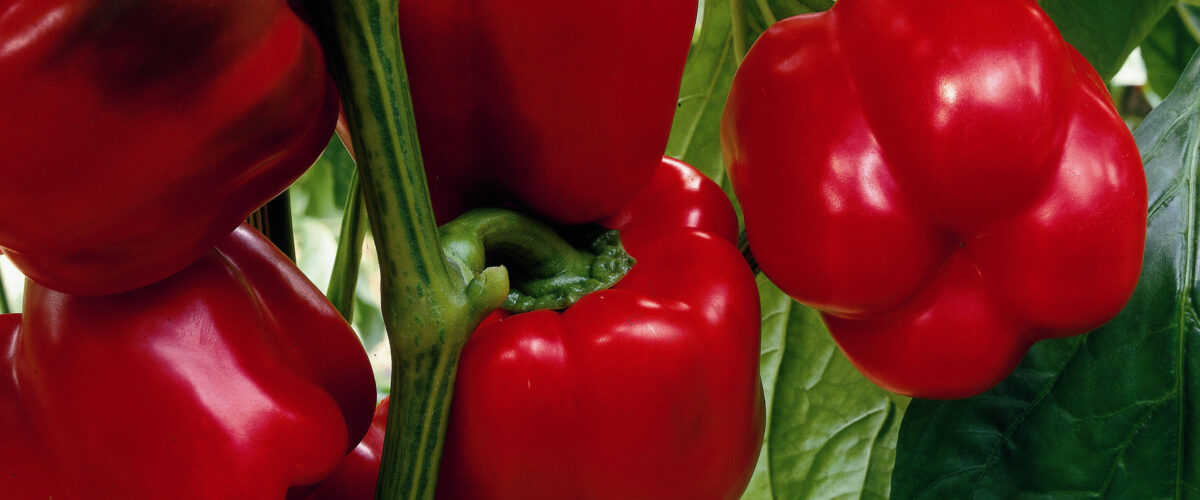
Program example on sweet peppers in Spain

SWEET PEPPER
BIOLOGICAL CONTROL PROTOCOL
PEST
TSSM
Tetranychus urticae

BCA
Phytoseiulus persimilis

PRODUCT-PACKAGING
Indiv.-sachets / ud.

Bottle 2.000, 5.000 y
10.000 ind.
DOSE
10-15 ind. /m2
(TOTAL RATE)
Release Interval and recommmendations
Introducing Phytoseiulus persimilis will start with the first detection of TSSM. Specific predatory mite of Tetraniquids (T.urticae & Tetranychus cinnabarinus)
Successive releases of 3-5 ind./m2 at weekly interval will be carried out depending on the infestation intensity.
Most of predatory mites (60-70%) will be located on and around declared hot spots. The rest of the product will be distributed in a general way.
If the incidence of TSSM is high, the release dose can be increased up to 10-20 ind./m2.
It is especially important to implement a monitoring system that allows the early detection of hot spots, which must be marked.
PEST
TSSM
Tetranychus urticae

BCA
Amblyseius californicus

PRODUCT-PACKAGING
Indiv.-sachets / ud.

SACHETS
Box 200 sachets (25.000 ind.)
DOSE
1 sachet / 10 -12 plants
25 ind. /m2
Release Interval and recommmendations
Preventive release of Amblyseius californicus, which is able to feed on other arthropods or pollen in lack of TSSM.
Its introduction is recommended as controlled release sachets, approximately one week after the release of Starskii® at rate of 1 sachet / 10-12 plants). Place higher density o sachets in the areas most susceptible to pest entry such as edges and ventilations (At least in risk areas)
Make sure the sachets are protected from direct sunlight, and with the exit hole facing the plant.
Loose material can also be preventively released in risky areas.
Survives drier circumstances, higher temperatures and less food than P. persimilis.